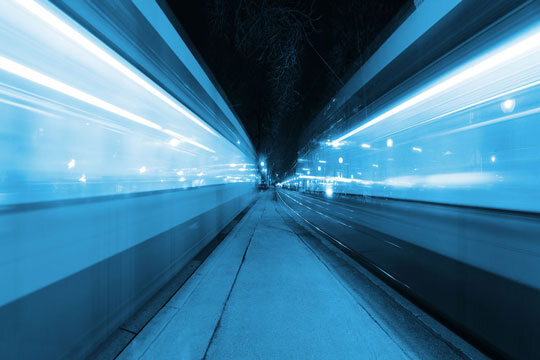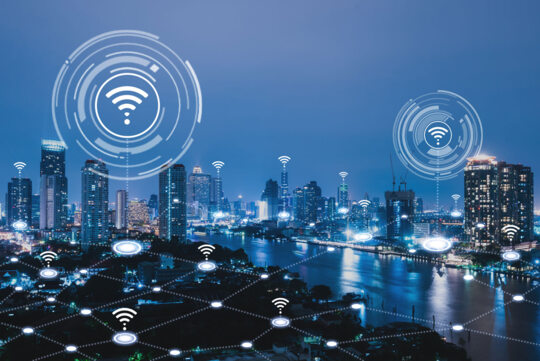OUR WORLD IS GETTING WARMER
Average temperatures are rising all over the world. In fact, the World Meteorological Organization reports that the last seven years have been the seven hottest on record with average global temperature rising above pre-industrial levels every year since 2015. This trend is set to continue – and has huge implications for the growing number of people who are at high risk due to a lack of cooling.
The growing gap in access to cooling is a huge challenge as working and living conditions are becoming more and more unbearable. One solution is to use air conditioners and electric fans to stay cool, but this accounts for nearly 20% of the total electricity used in buildings around the world today. Something needs to be done – without action, energy demand for space cooling will more than triple by 2050.
Today’s energy challenges require smarter, more energy efficient cities focusing on sustainable use of resources. Smart solutions like district cooling play a crucial role in this development.
THE BENEFITS OF DISTRICT COOLING
District cooling provides chilled water to industrial, commercial, and residential buildings via a closed pipeline network. Functionally and technically, it is similar to district heating networks – and is becoming popular worldwide. In Europe alone, 40% of commercial and institutional buildings have cooling systems, and this number is rising rapidly. The Middle East has quickly adopted district cooling technology and currently accounts for between 15% – 25% of the world’s installed cooling capacity. District cooling can be generated from local natural resources like seawater, or from chillers powered by steam or electricity.







